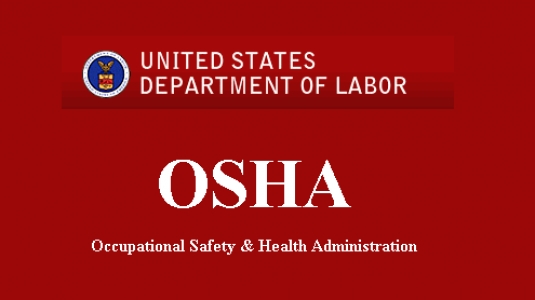OSHA has taken the UN GHS and issued their HCS and SDS requirements. Say that quickly three times.
The United States Occupational Safety and Health Administration (OSHA) published updated regulations in response to the United Nations’ Globally Harmonized System of Classification and Labeling of Chemicals (UN GHS). This new Hazard Communication Standard (HCS) requiring labeling and a Safety Data Sheet (SDS) is in agreement with 29 CFR 1910.1200 and is NOT an MSDS.
Although this program has been in existence for many years and now includes updates for 2015, OCEANAIR started seeing its regulatory effects on international cargo. Even though this may appear as just another hazardous materials regulatory program, it is designed to communicate chemical hazard information to the public much in the way that present containers of chemicals, i.e. Drano, Lysol, various sprays, and cleaners contain warnings of their hazardous nature and how to avoid dangers.
As the CFR 1910.1200 entitles their regulation as “Hazard Communications”, this is the purpose of the program that primarily consists of a labeling and documenting function. This feature ensures the transmission of the hazards of all chemicals produced or imported to employers and employees of companies manufacturing or distributing these products.
These standards apply internationally to some 67 countries. Although there is a list of these countries, OCEANAIR just experienced a delay in a recent shipment to India of a non-hazardous chemical (IATA & DOT regulations). Even though India is not on the list, it was prevented from entry because this shipment lacked the proper documentation. The shipment had to await the arrival of the required Safety Data Sheet (SDS) SDS before Customs released the entry.
As the publications are rather extensive on the subject, please see the following web links to several of the most relevant regulatory agencies for additional information. Remember, this is NOT a transportation program, but the Hazard Communication Standard, 29 CFR 1910.1200, may cover a shipment determined to be non-hazardous using DOT or IATA/ICAO regulations.


